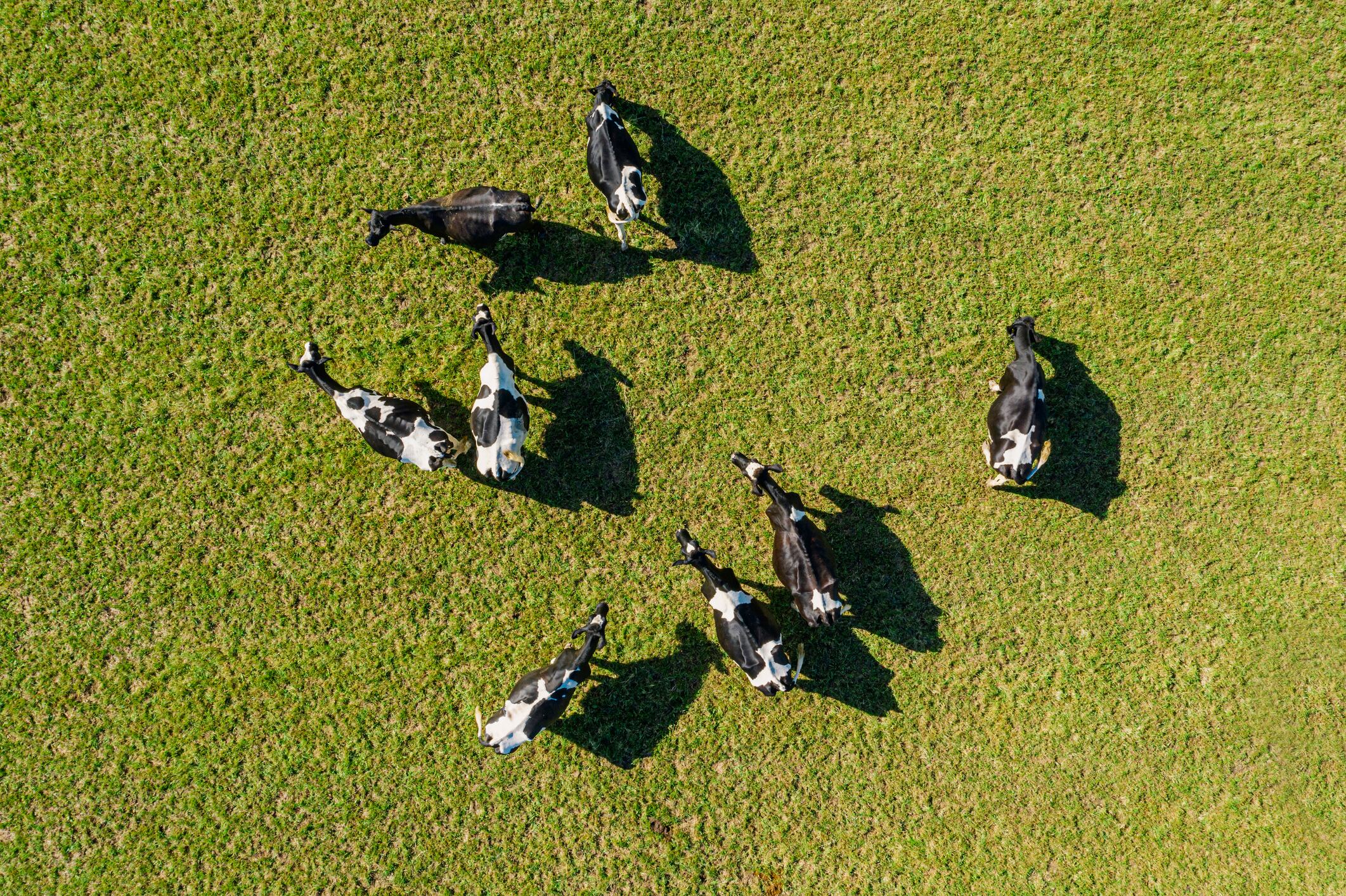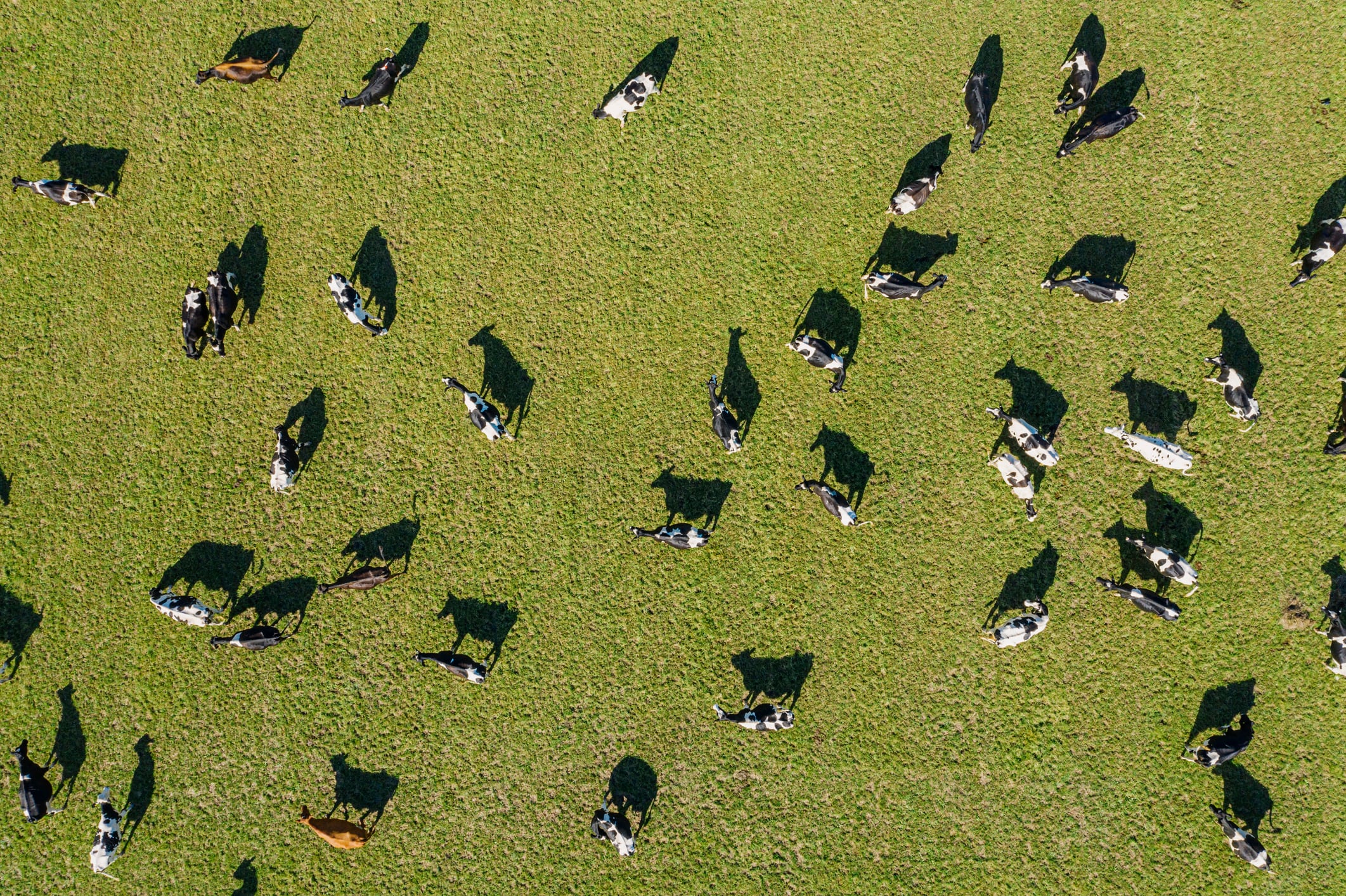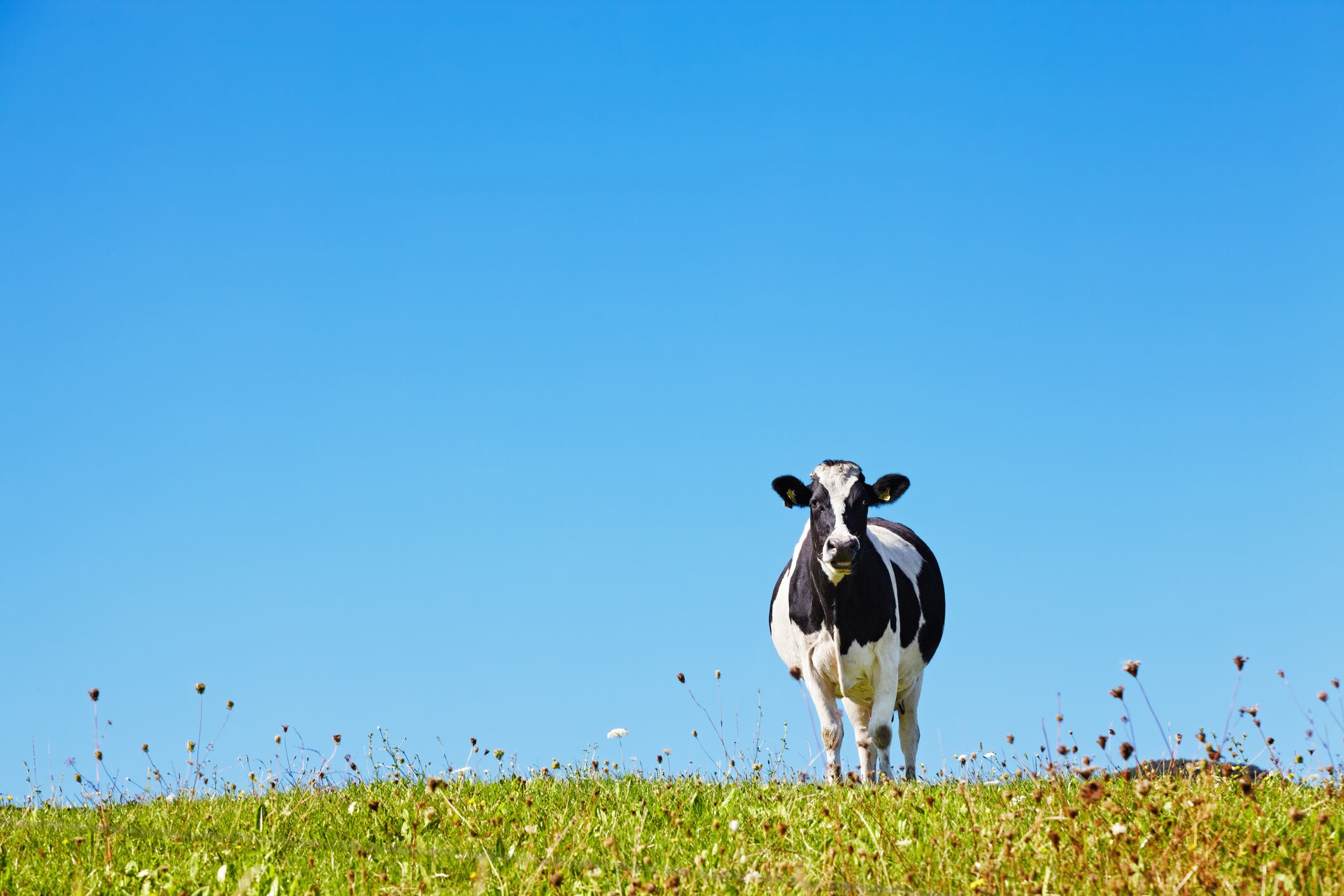The Canterbury-based company developed a smart device that spreads concentrated urine patches, allowing the rich nitrogen in cow urine to be used as fertiliser.
This would potentially solve freshwater nitrate leaching and nitrous oxide emissions at their source.
The company has recently secured $1.2m from AgriZeroNZ to accelerate development of its cow-wearable technology.
AgriZeroNZ CEO Wayne McNee said Āmua stood out because it is farmer-led and offers multiple benefits for both productivity and the environment.
“Āmua is a brilliant example of Kiwi ingenuity to tackle a common challenge on-farm and potentially deliver a range of environmental and economic benefits.”
This is AgriZeroNZ’s first equity investment in nitrous oxide mitigation.
Methane gets a lot of attention in the emissions landscape, but cutting back nitrous oxide can also play an important role in lowering our overall emissions and meeting the targets set by some of our biggest export customers. High-impact, scalable innovations like Āmua will be vital to meet global demand for emissions reduction and safeguard New Zealand’s export economy,” said McNee.
The investment from AgriZeroNZ is part of Āmua’s seed funding round and will support the next stage of development to a minimum viable product for pilot trials in 2026.
Transforming waste
Āmua CEO and co-founder, Roger Johnson, also farms on hill country farm near Waiau.
“It’s really exciting to have a tool that is being developed by farmers, for farmers which focuses on reducing nitrous oxide emissions. Nitrous oxide makes up 15.9% of New Zealand’s agricultural emissions and is a potent and long-lived gas,” McNee added.
The technology was developed with the goal to make use of the naturally abundant nitrogen on the farm and transform it into an eco-friendly and cost-effective fertiliser.
“Nitrogen is a key nutrient for grass growth and there’s plenty of it naturally available on-farm, yet as a farmer I can spend around $150 per cow on synthetic fertiliser and a lot of it is being lost into the groundwater or air. By spreading the cow-produced nitrogen across the paddock, we can increase the effectiveness of this natural fertiliser,” said Johnson.
According to data modelling by AgResearch in the Bioeconomy Science Institute (BSI), the patented device could provide comparable pasture growth to synthetic nitrogen, reduce nitrous oxide emissions by up to 95% and nitrate leaching by up to 93%.
A prototype, supported by the Ministry for Primary Industries’ Māori Agribusiness Innovation Fund, has been successfully tested on Ngāi Tahu Farming’s Te Whenua Hou dairy farms.
During feedback sessions with AgriZeroNZ’s Farmer Focus Group, farmers responded positively to the wearable device, highlighting its potential to cut fertiliser costs, reduce emissions, and make nutrient management more efficient on-farm.
“I admired Roger’s thought process on this and his desire to deliver a practical solution for farmers. We know the response rate to nitrogen is pretty standard based on soil temperature, regardless of whether it’s out of a cow or from a bag but there’s much more value in growing pasture with the nutrients we already have on farm, as well as the clear environmental benefits, so I’m all for it” said Phil Sherwood, a third-generation dairy farmer in the Waikato and focus group member.
Johnson said: “We’re supporting farmers to grow pasture for half of the cost and significantly reduce the environmental impact – that’s a win-win.”





